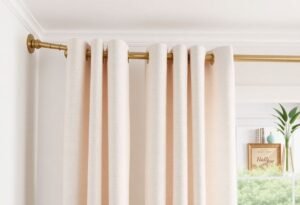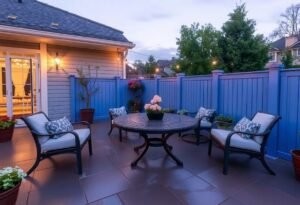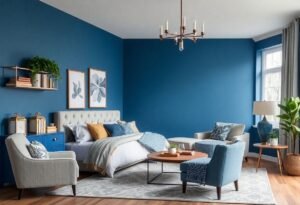Harnessing Natural Light
Maximizing the use of natural light is one of the most impactful changes you can make to boost energy efficiency in your home. Strategic window placement, mirrors, and light-colored walls can create brighter, more inviting spaces. This not only reduces the need for artificial lighting but also creates a warm and cozy ambiance. Imagine the sunlight streaming into your living room, filling it with a golden glow that uplifts your spirit!
The Magic of Proper Insulation
Effective insulation can work wonders! The market offers a variety of insulation materials that help retain heat in the winter and keep cool air in during the summer. Investing in energy-efficient windows and doors can minimize thermal loss. Nothing beats walking into a warm home on a cold day! Proper insulation not only slashes energy bills but also enhances overall comfort in your living space.
Embracing Minimalism
Minimalism has become a style that is gaining immense popularity. The less clutter we have, the less energy we need to maintain our environments. By choosing simple forms, a limited color palette, and multifunctional furniture, we can create order and streamline energy consumption. Isn’t it amazing when your home transforms into a serene sanctuary that encourages relaxation?
Plants as Natural Air Purifiers
Incorporating plants into your interiors is not just a trendy choice; it’s a strategic way to enhance energy efficiency. Plants absorb carbon dioxide while increasing indoor humidity, which can help reduce energy needs related to heating and cooling. Picture a lush green oasis in your living room, beautifying the space while improving air quality!
Smart Energy Management Systems
Technology is an integral part of modern interior design. Smart energy management systems, such as app-controlled thermostats and LED lighting with motion sensors, allow for significant savings. For instance, walk out of a room, and the lights turn off automatically — how delightful is that? These solutions not only boost energy efficiency but also simplify daily living.
Choosing Eco-Friendly Materials
While decorating our spaces, it’s essential to prioritize materials that have a minimal environmental impact. Sourcing wood responsibly, using eco-friendly paints, and selecting recycled furniture are excellent choices that benefit both us and our planet. Every small step towards sustainability is a leap towards a better future!
Conclusion
Energy efficiency in interior design is not just a trend; it’s a necessity that we must embrace. By optimizing natural light utilization, ensuring proper insulation, adopting minimalism, inviting plants into our homes, implementing smart systems, and choosing eco-friendly materials, we can drastically reduce energy usage. Take a step towards a more sustainable life, and both the planet and your wallet will thank you for it!
Disclaimer
This text is for informational purposes only and does not replace professional advice in the area of interior design or energy efficiency. Please consult an expert before making any decisions.

















